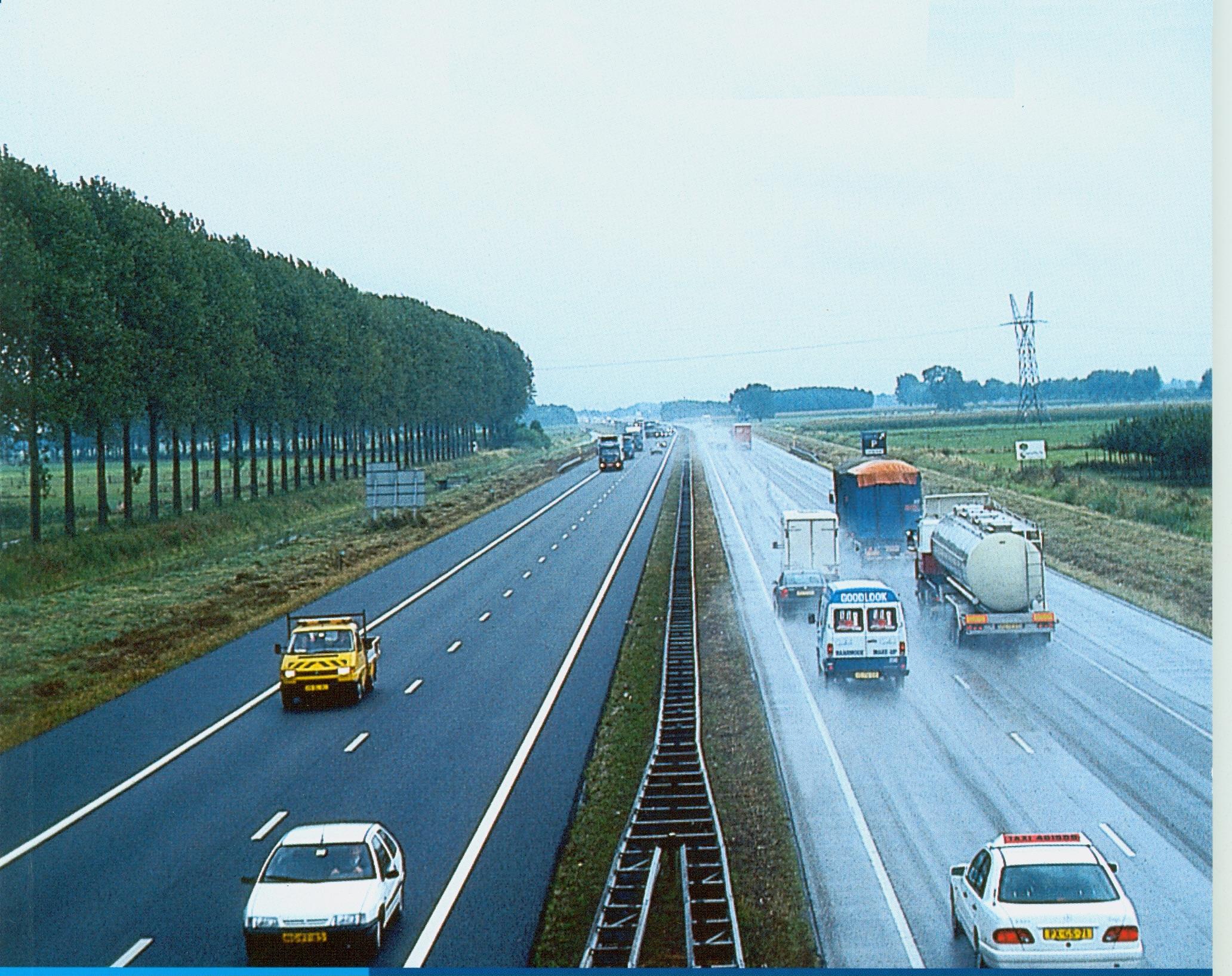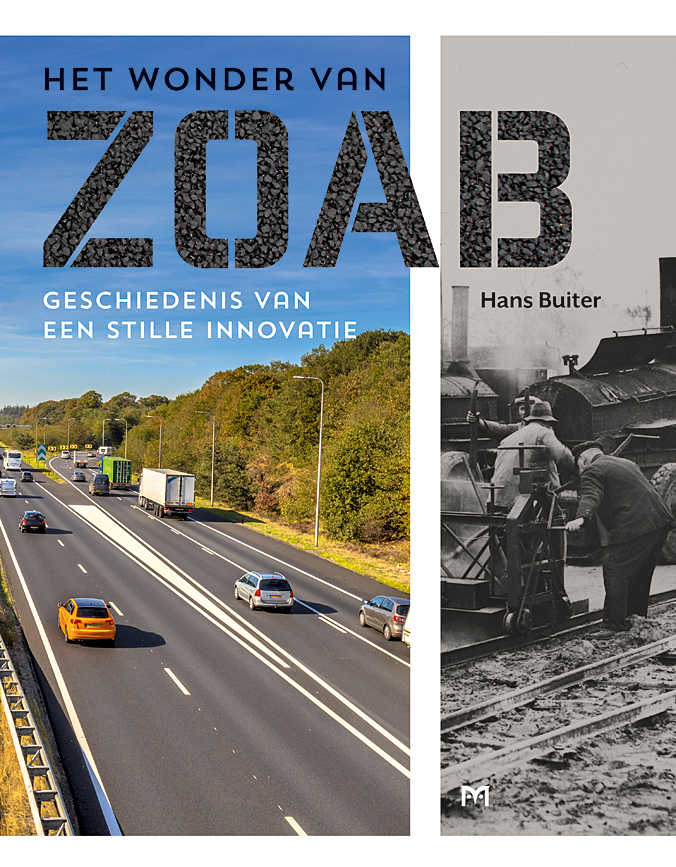
M+P: famous for quiet road surfaces
Many people know M+P because of our work on quiet road surfaces. Our research is well covered in a recent book on the silent innovation OAC. And it’s something we’re very proud of!
Naturally, we distinguish ourselves on other topics as well, but quiet road surfaces have been an important thread throughout our work of the past 50 years. With research on innovations, measurement and assessment methods, monitoring programmes and policy support. We could write a book about all of it ourselves. How it all started in the 1970s, our contact with the responsible ministries and road authorities and the surprising finds - and misses - from our own research.

Miracle asphalt
It makes a lot of sense that our work was mentioned in a book about OAC, or open-graded asphalt concrete (Dutch: ZOAB). This 'miracle asphalt' soon became popular with road users. It eliminated splashing and spray water in bad weather and prevented rutting after a hot summer. And more importantly for us, locals noticed that it really reduces traffic noise. Historian Hans Buiter pays a lot of attention to these noise-reducing properties in his book: Het wonder van ZOAB. Geschiedenis van een stille innovatie (2020).
The book covers a lot of the M+P noise studies on OAC. From the pioneering work of former director Alex von Meier in the 1980s and 1990s to the experimental and scientific work that Gijsjan van Blokland built up with colleagues in the years that followed.
Test site: airport Welschap
For example, the book recalls a brainstorming session Gijsjan had with Gerbert van Bochove of road builder Heijmans during the preparations for the Welschap project. We conducted this particular research in the early 1990s at the test site of Welschap Airport. Here, we found the perfect place to test different OAC variants and determine which had the best noise-reducing properties.
Two -layer OAC
The search for more noise reduction eventually led to two-layer OAC. This silent innovation is now widely used on Dutch motorways, but this did not happen without a struggle. The rollout to the urban road network almost killed the concept. The road surface proved unable to withstand twisting traffic movements within residential areas. But in the central government's Noise Innovation Programme, two-layer OAC still managed to prove itself on our main road network. With a great role for M+P: we were allowed to set up and partly implement the entire programme.
Silentroads
Together with government and market players, M+P has gained a lot of knowledge about quiet road surfaces: OAC, but also thin noise-reducing overlays and acoustic optimisations of so-called stone-mastic asphalt (SMAs). We are happy to share this knowledge, for example via the Silentroads platform's dozens of symposia and in numerous contributions and publications.
We think it’s amazing that we have been able to make a relevant contribution to the development of quiet roads since the 1970s. And that these discoveries, policies, insights and investments have led to The Netherlands being the leader in quiet road surfaces.
